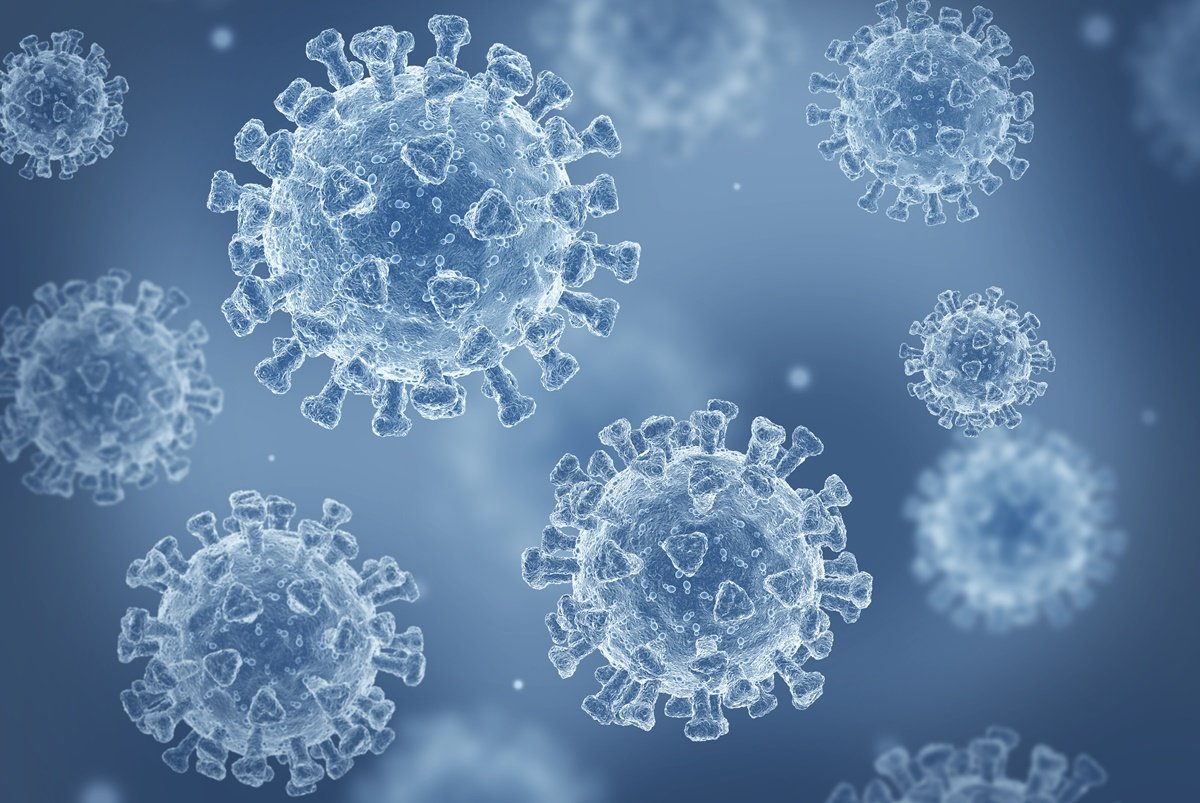Among the numerous studies proposed from different disciplines at the beginning of the Kovid-19 epidemic, one of them was to break down the spike protein (pointed structure) of SARS-CoV-2, published by Tomasz Wierzbicki, professor of Applied Mechanics from MIT (Massachusetts Institute of Technology) in the United States. and using ultrasound to neutralize the virus.
Recently researchers from USP (University of São Paulo) conducted an experimental study. in a laboratory setting This confirmed, for the first time, the MIT researcher’s mathematical hypothesis. The results of the experiment were shared in the online repository bioRxiv in a preprint version, which means it hasn’t yet gone through peer review.
One of the authors of the Brazilian study, Odemir Bruno, a professor and researcher at the São Carlos Institute for Physics (IFSC-USP). FAPESP Agency In addition to confirming the American hypothesis, a team from the University of São Paulo saw Wierzbicki’s solution as an alternative to “revolutionizing the fight against the covid-19 epidemic”, in addition to other viral diseases.
Proving a mechanical theory to fight Covid-19
To make the experiment feasible and to prove Professor Wierzbicki’s hypothesis, Bruno formed a partnership with USP at Ribeirão Preto. The researchers’ methodology consisted of testing several ultrasound devices in search of a device with frequencies that could penetrate human skin and at the same time resonate and break the shell and “spike” of the virus.
In an interview for the IFSC Office of Communications, the researcher admitted: “We were lucky to find a single hospital equipment that emits exactly this frequency. [5/10 MHz]. We were able to experimentally demonstrate that the technique works. in a laboratory settingIt is very effective in inactivating the virus and greatly reducing the viral load. We will need to perform many procedures to better understand the phenomenon.”
Now the next step is to know exactly where the “shell” of the virus is broken by ultrasound and what the consequences of this break are for patients. In this sense, many experiments in vivo Bruno says it’s been conducted with animals, and only after these stages have been completed and if they are successful, clinical trials with humans can be started.
Source: Tec Mundo
I’m Blaine Morgan, an experienced journalist and writer with over 8 years of experience in the tech industry. My expertise lies in writing about technology news and trends, covering everything from cutting-edge gadgets to emerging software developments. I’ve written for several leading publications including Gadget Onus where I am an author.












